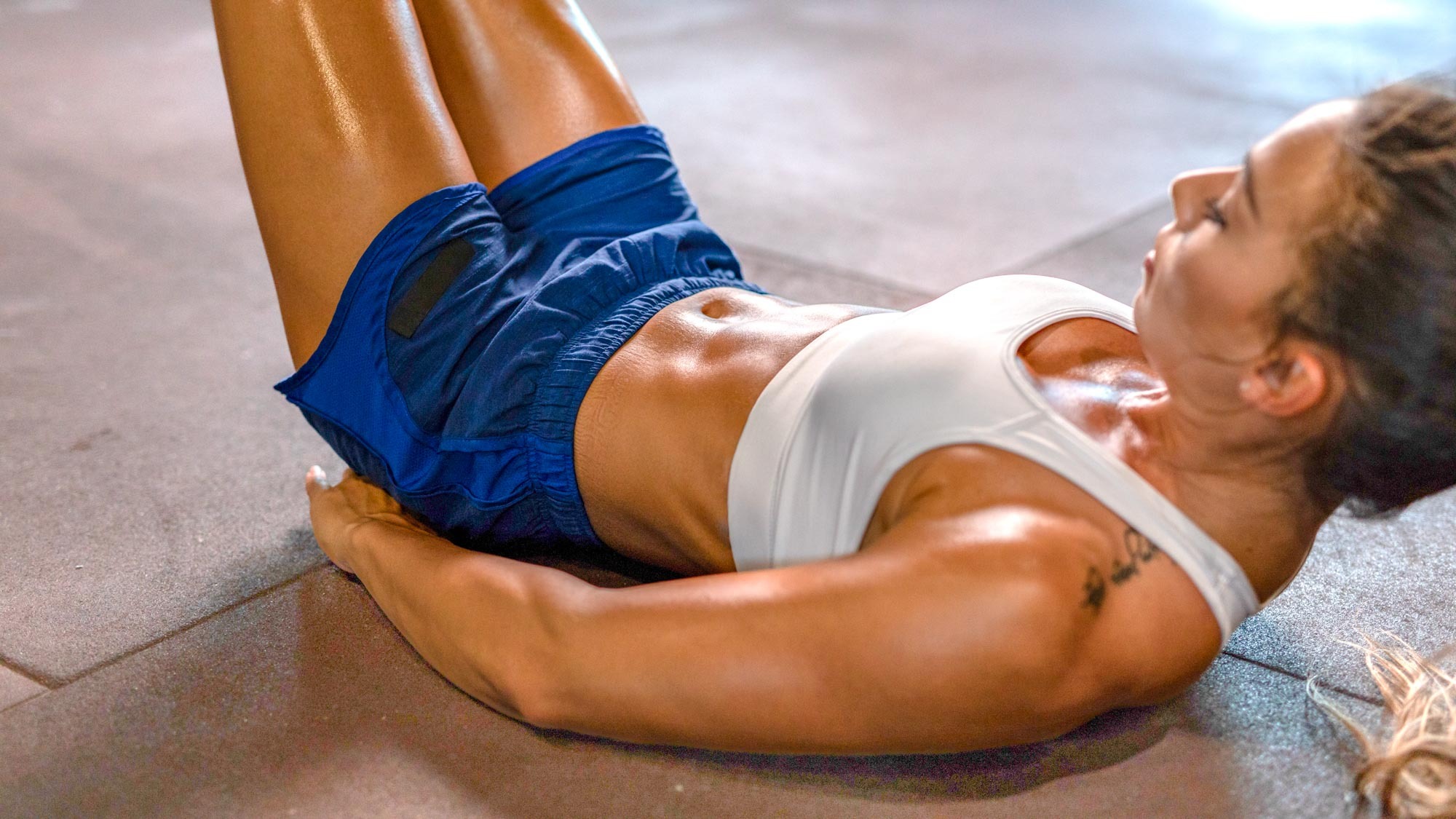
The rollover Pilates exercise is top dollar if you’d like to increase your spine mobility and strengthen your core without weights — alongside other exercises, of course.
One exercise alone perhaps won’t transform your core but in conjunction with a varied and consistent routine? This Pilates exercise is well worth trying.
I added the move to my routine to test it for myself. I’m hardly a glowing advertisement for Pilates — I can be found throwing around heavy weights in my local CrossFit gym far more than strengthening and stretching in a Pilates studio.
But that said, I know how good mat Pilates and Reformer can be for building bulletproof abs, improving posture, and boosting mobility, flexibility and range of motion. Keen to see what this exercise could do for my abs and spine, I added it into my routine — here’s what I learned.
What is the Pilates “rollover” exercise?
The rollover involves laying on your back and using your abdominals to lift and drive your legs overhead, rolling up your spine, and then rolling back down again. It gives a gentle back massage while engaging the core and stretching the lower back and legs. You could also roll forward on the counter, legs together or apart, to stretch the groin and backs of the legs, but this isn't taught in traditional classes.
How to do the Pilates “rollover” exercise
The rollover can strengthen your core and boost spinal mobility when performed correctly:
- Lay on your back with your legs together
- Place your arms by your sides and engage your core, sucking your belly button toward your spine
- Breathe in and raise your legs away from the mat to 90 degrees, then extend your legs to 45 degrees
- Breathe out as you drive your legs upward and over your body toward the back of the space, keeping your legs together and straight, creating a soft C-shape with your back
- Open your legs, flex both feet, then roll down your spine until your sitting bones press back into the mat
- Lower both legs to 45 degrees, bring them together and point the toes
- Pause, then lift your hips and repeat
- Press through your arms to help engage your triceps.
Once you’ve learned this part, you can reverse the move:
- From the 45-degree leg position, separate your legs hip-width apart
- Lift the legs overhead, raising your hips into the air
- Bring the legs together and flex the feet
- Then lower the spine back to the 45-degree angle, point the toes and open the legs again.
What are the benefits of the Pilates “rollover” exercise?
The rollover is considered a spine-stimulating exercise and, as mentioned in the Howcast demonstration video, requires “spinal articulation,” which means you must use your abdominals during each phase of the exercise to fully control it.
It’s recommended that you're already familiar with the Pilates principles, as you’ll need to use your breath and core engagement, practice regularly and have already got to grips with beginner and intermediate Pilates before trying the move.
The Pilates rollover sits within the advanced mat sequence and has been traditionally performed between the roll-up and single-leg circles, so I was keen to see how I’d fare when adding it to my mobility routine.
This one looks subtle but it’s harder than it looks and takes plenty of balance and core control to drive the movement. It’s perfect for a warm-up or during a Pilates workout, and I’ve actually used this exercise in a similar format during CrossFit mobility drills.
I adapted it to include a roll-out, extending my legs in front of me and rolling my body up and over my legs in the opposite direction to stretch the hamstrings and groin.
The key is to never roll past your shoulders to avoid pressing into your neck, which also means controlling your range of motion. My abs were on fire after just a few rounds, and I performed 3-4 sets of 8-12 reps each time I hit up my usual mobility exercises from home.
I’d recommend giving it a try if you already have a pretty strong core or you’re already very familiar with Pilates. And don’t underestimate it — my abs and hip flexor muscles were fired up unusually fast. That said, make sure you feel this along the spine and in your core rather than allowing your hip flexors to take over; this comes from learning to engage your core properly.
Of course, physically, there's no surprise that I haven't suddenly developed rippling abs. But I love how it made my back and stomach feel, and it really brings home what muscular engagement means, which is a big part of Pilates. I'd highly recommend it if you'd like to build stronger abs, just manage expectations about any aesthetic outcomes!







